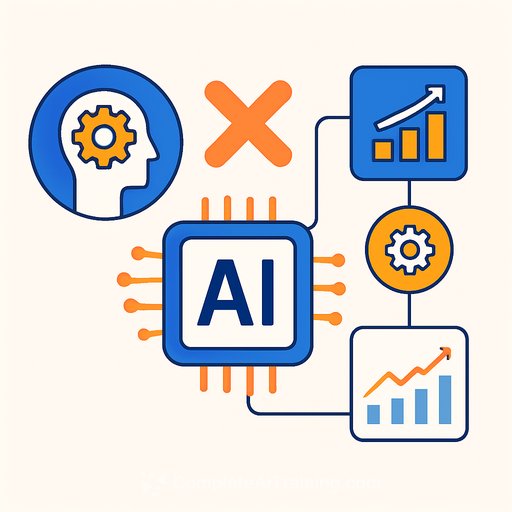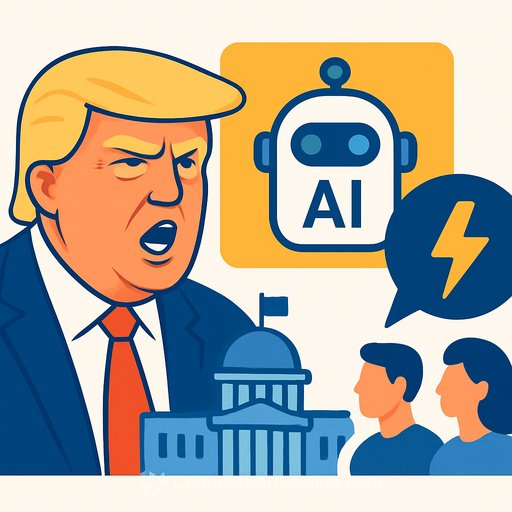Artificial Intelligence Crisis Management 101: Use the AI Crisis Simulator
Artificial intelligence systems are being deployed faster than the rules and frameworks that govern them can keep up. This creates real risks: What happens if a generative AI hallucinates critical information in healthcare? Or if an autonomous agent makes a business decision that causes legal or financial damage? Preparing for these scenarios is no longer optional.
AI Crisis Simulation is emerging as a vital practice for organizations to test their readiness against AI failures. Similar to how disaster drills prepare us for emergencies, these simulations help teams practice responding to AI-related incidents before they happen.
What Is AI Crisis Simulation?
AI Crisis Simulation is a structured process where organizations run mock scenarios to test their ability to detect, manage, and recover from AI failures. These scenarios cover risks like data leaks, hallucinations, biased outputs, and rogue autonomous actions. The goal is to evaluate technical responses alongside governance, compliance, communication, and ethical considerations.
Think of it as building muscle memory for AI emergencies—so when something goes wrong, the response is clear and effective rather than chaotic.
Why AI Crisis Simulation Is Needed Now
AI is increasingly embedded in critical areas like healthcare, finance, law, and public policy. The consequences of AI failures in these domains can be severe. We’ve seen biased algorithms exclude qualified candidates or generate false financial assessments, often worsened by organizations not being prepared to catch or address these issues quickly.
AI Crisis Simulation acts as a proactive safety net. Instead of waiting for failures to happen, organizations can identify vulnerabilities and improve their readiness. The question isn’t just “What can AI do for us?” but also “What happens when AI makes a mistake?”
Common AI Crisis Scenarios to Simulate
- Hallucination cascades: When an AI confidently presents false information that is accepted and acted upon without verification.
- Prompt injection attacks: Attempts to manipulate AI models to leak sensitive data or bypass safety controls.
- Autonomous agent failures: AI agents that independently make decisions causing reputational or compliance issues.
- Bias amplification: AI systems that unintentionally reinforce discrimination due to flawed data or logic.
- Compliance violations: Breaches of regulations like GDPR or HIPAA triggered by AI behavior.
Each scenario needs clear roles, escalation paths, and measurable outcomes to test how well the organization can respond.
Risks of Skipping Crisis Simulation
Deploying AI without rehearsing failure scenarios is like launching a rocket without any failure drills. When something goes wrong, unprepared teams often respond slowly, increasing harm and exposing governance weaknesses.
Poor crisis communication and ethical missteps can damage trust and credibility permanently. Leaders may struggle to assign responsibility or communicate transparently. AI Crisis Simulation brings order and clarity to chaotic situations, ensuring the organization isn’t writing its response plan on the fly.
Building an AI Crisis Simulation Program
An effective program involves cross-functional teams across technical and non-technical roles. It begins with identifying high-risk AI use cases and mapping out worst-case outcomes. Next, role-based response protocols are defined so everyone knows their part during a crisis.
Simulation playbooks guide step-by-step exercises, including key performance indicators and decision checkpoints. Impact scoring evaluates the severity of failures and response effectiveness. After each drill, a postmortem identifies gaps, assigns accountability, and updates policies.
This process creates an operational capability, not just a one-time event.
Who Should Participate?
AI Crisis Simulation is an enterprise-wide responsibility. While Chief Data Officers and AI leaders set strategy, CIOs, CISOs, and architects integrate simulation into risk management. Legal and compliance teams assess regulatory risks, and ethics officers ensure values are upheld.
Department heads from HR, finance, and customer support must also be involved to understand how AI failures affect their areas. The simulation should reflect your organization's full operating environment.
How to Get Started Today
Even without specialized tools, you can start building AI crisis readiness by conducting tabletop exercises focused on critical AI systems. Bring cross-functional teams together to walk through plausible failure scenarios and evaluate current plans.
Review incident response playbooks to include AI-specific risks like hallucinations or model drift. Establish clear communication trees for who needs to know what during a crisis. Track lessons learned to build a baseline maturity model.
For ongoing support and resources, explore AI courses and training at Complete AI Training to strengthen your team’s skills.
Looking Ahead: The AI Crisis Simulator
There is an upcoming tool designed to provide interactive, scenario-driven AI crisis simulations for enterprises. This platform will offer realistic failure scenarios, guided role exercises, real-time scoring, and automated recommendations after drills.
It will help test model governance, regulatory compliance, and communication workflows during AI incidents. Pilot user sign-ups are open for those who want to stay ahead on AI readiness.
Final Thought
AI is not flawless. In high-stakes areas, the cost of error is high. AI Crisis Simulation equips your organization with the foresight to prepare, the structure to respond, and the confidence to deploy AI responsibly. Don’t just implement AI—stress-test it first.
Start improving your AI readiness today with simulation exercises and training resources that build resilience across your teams.
Your membership also unlocks:






